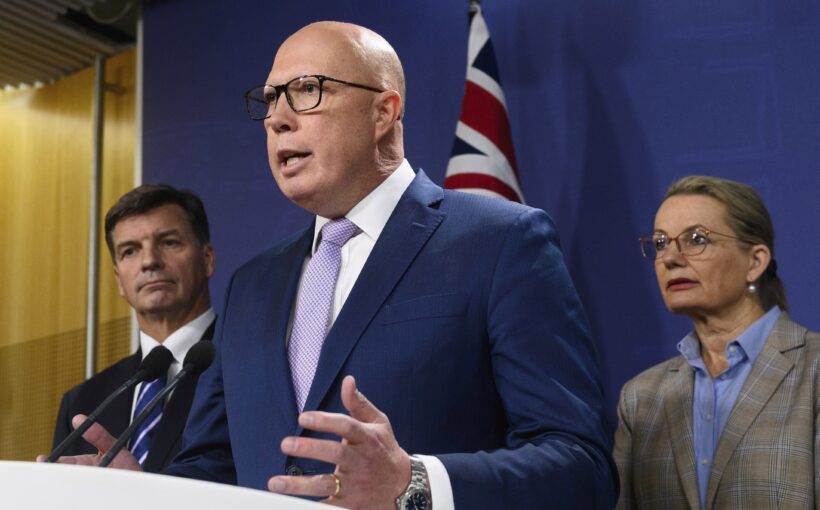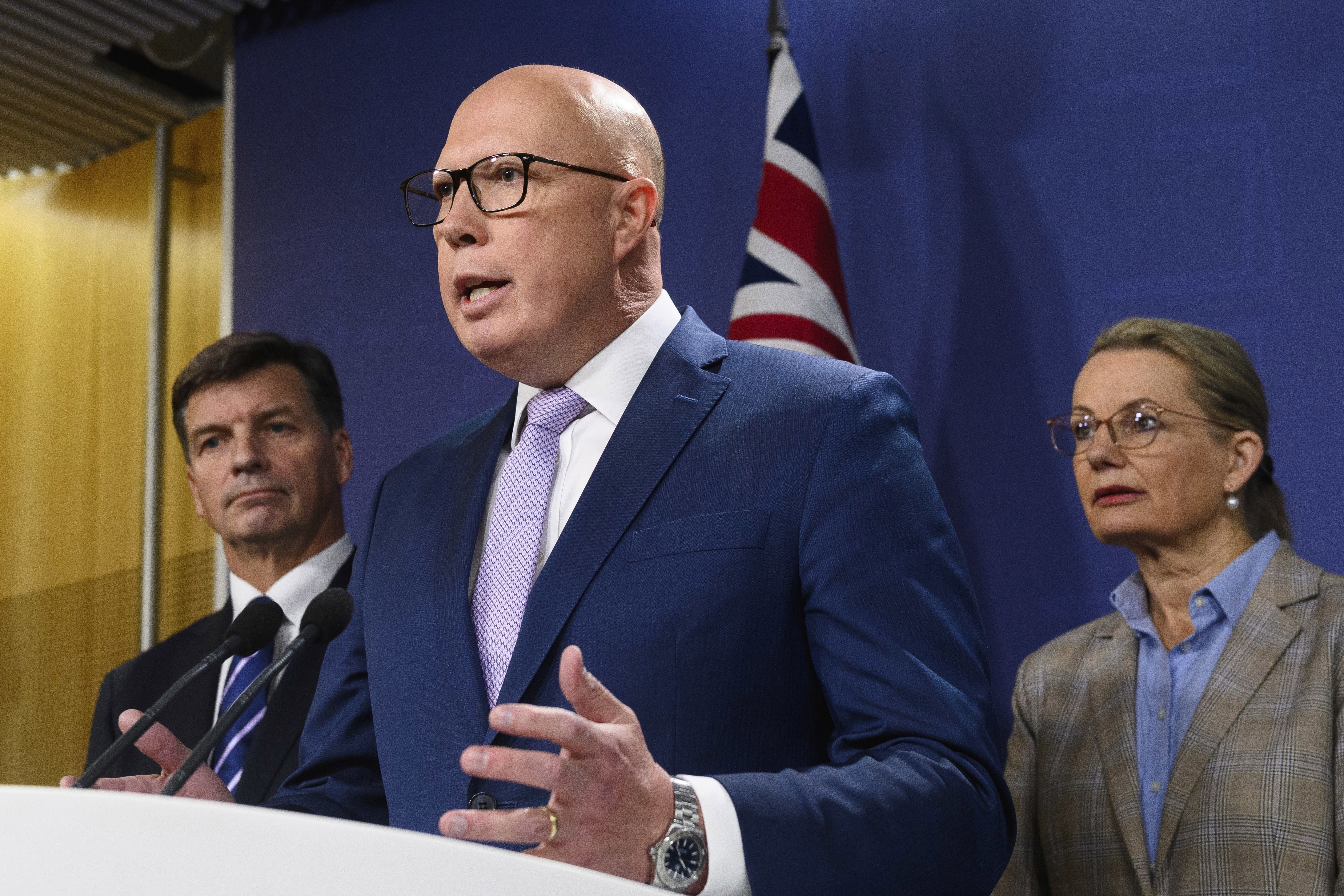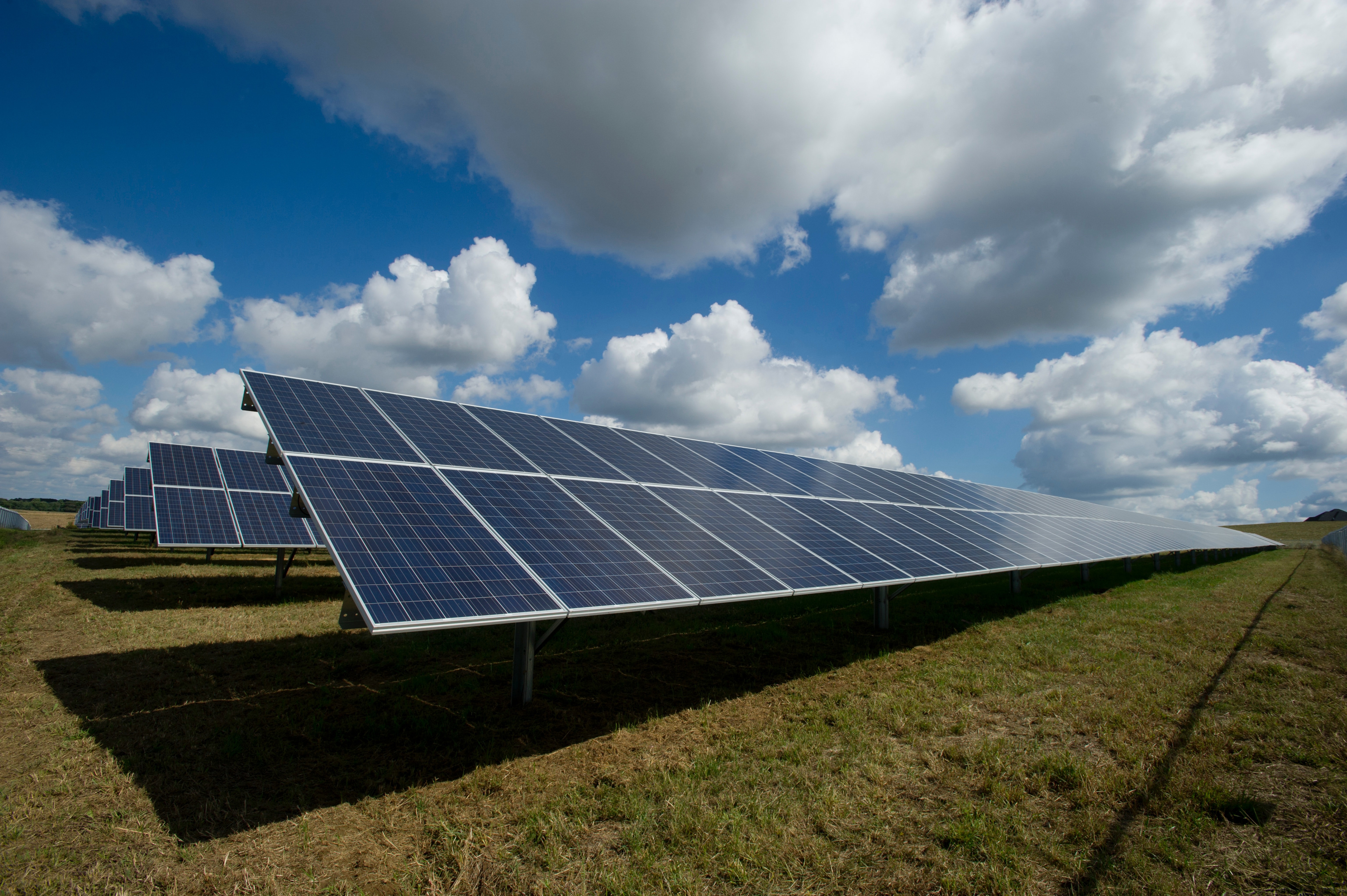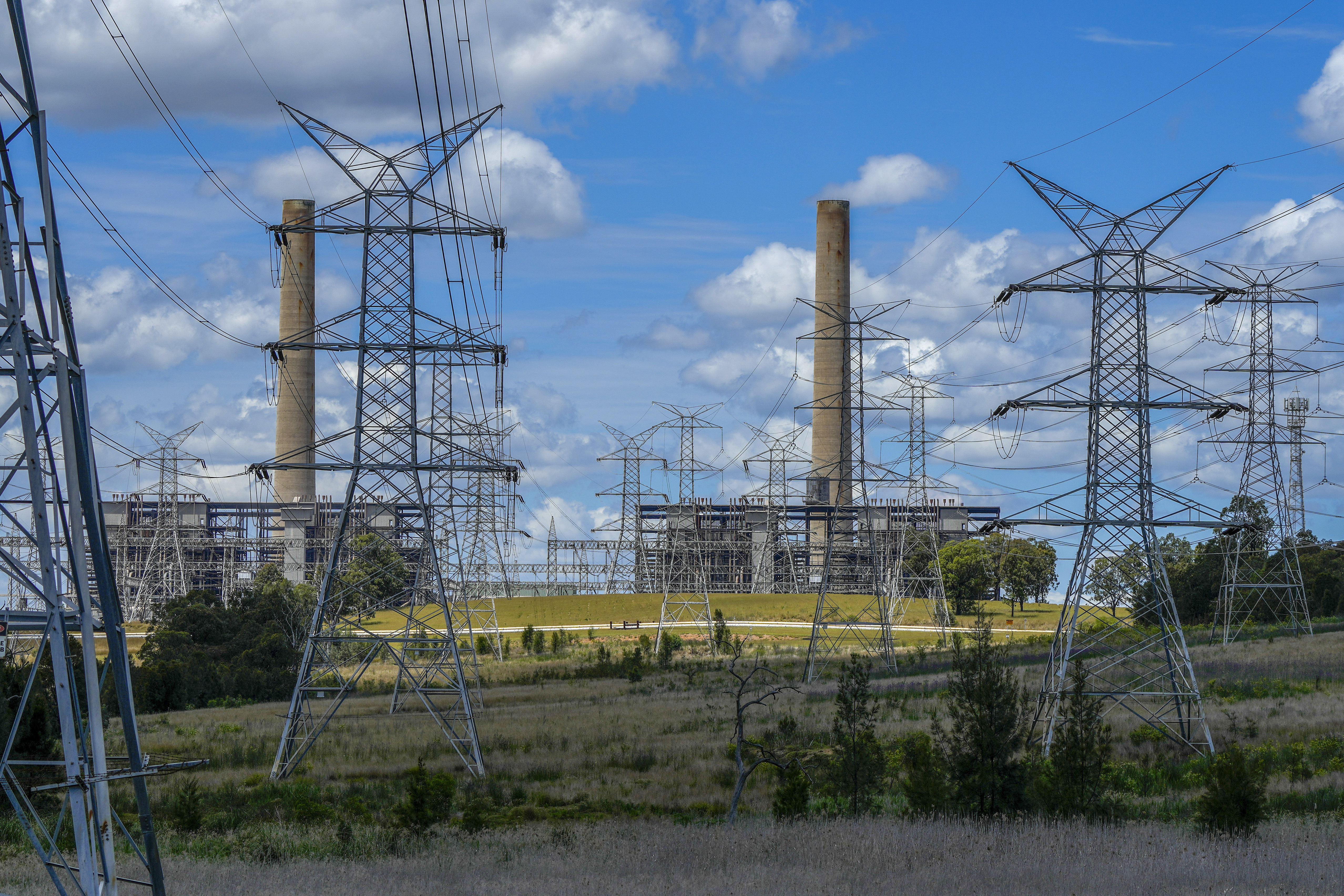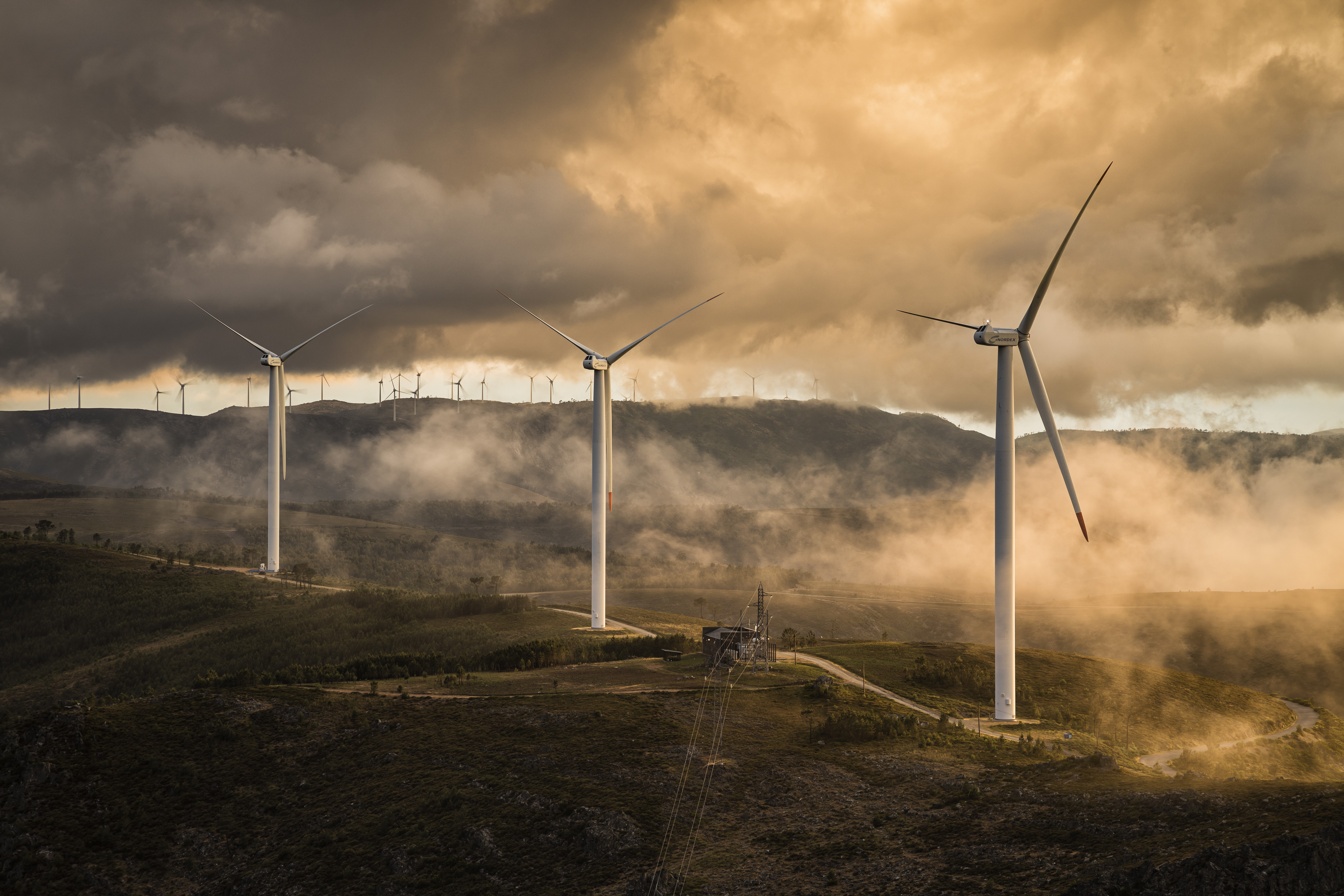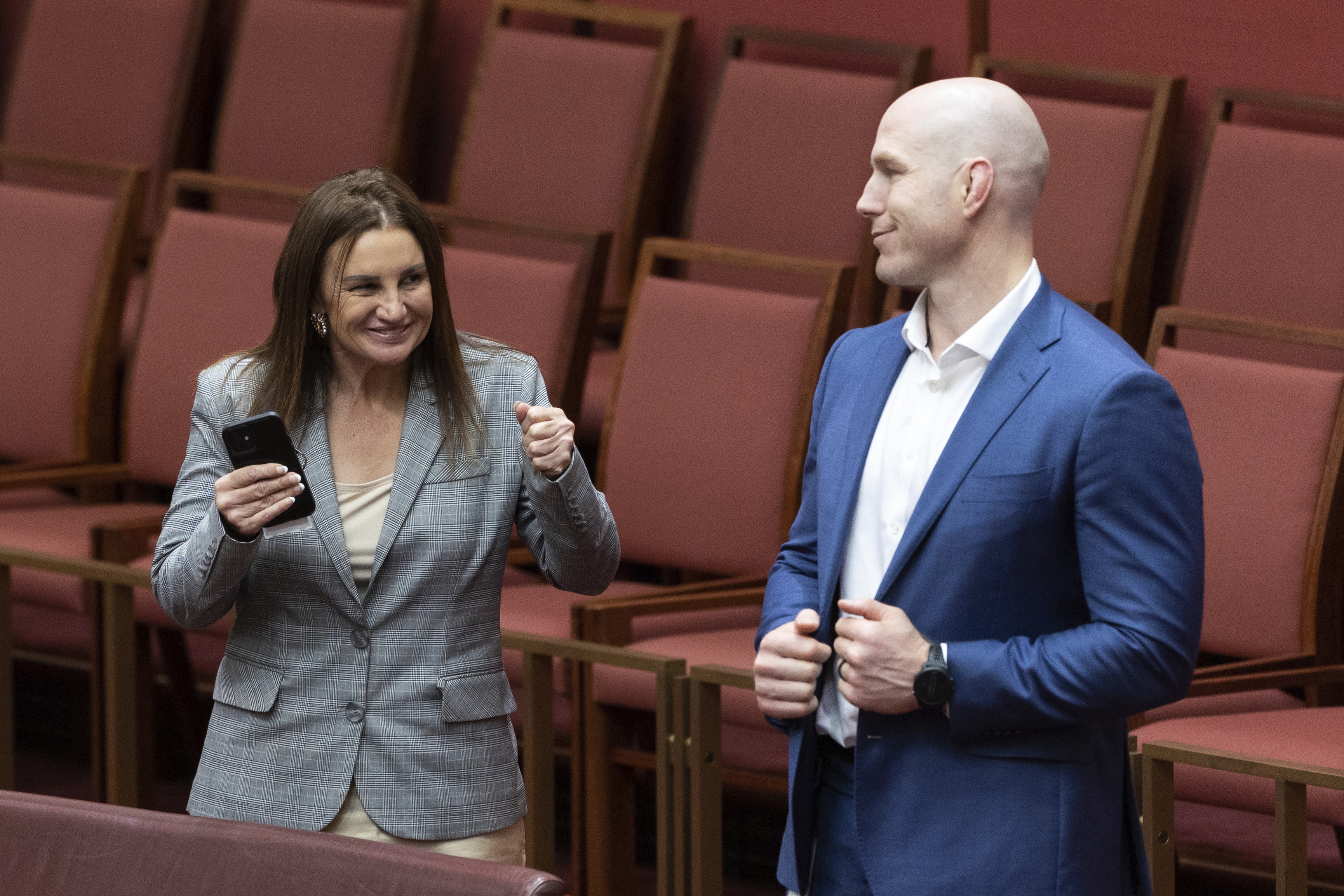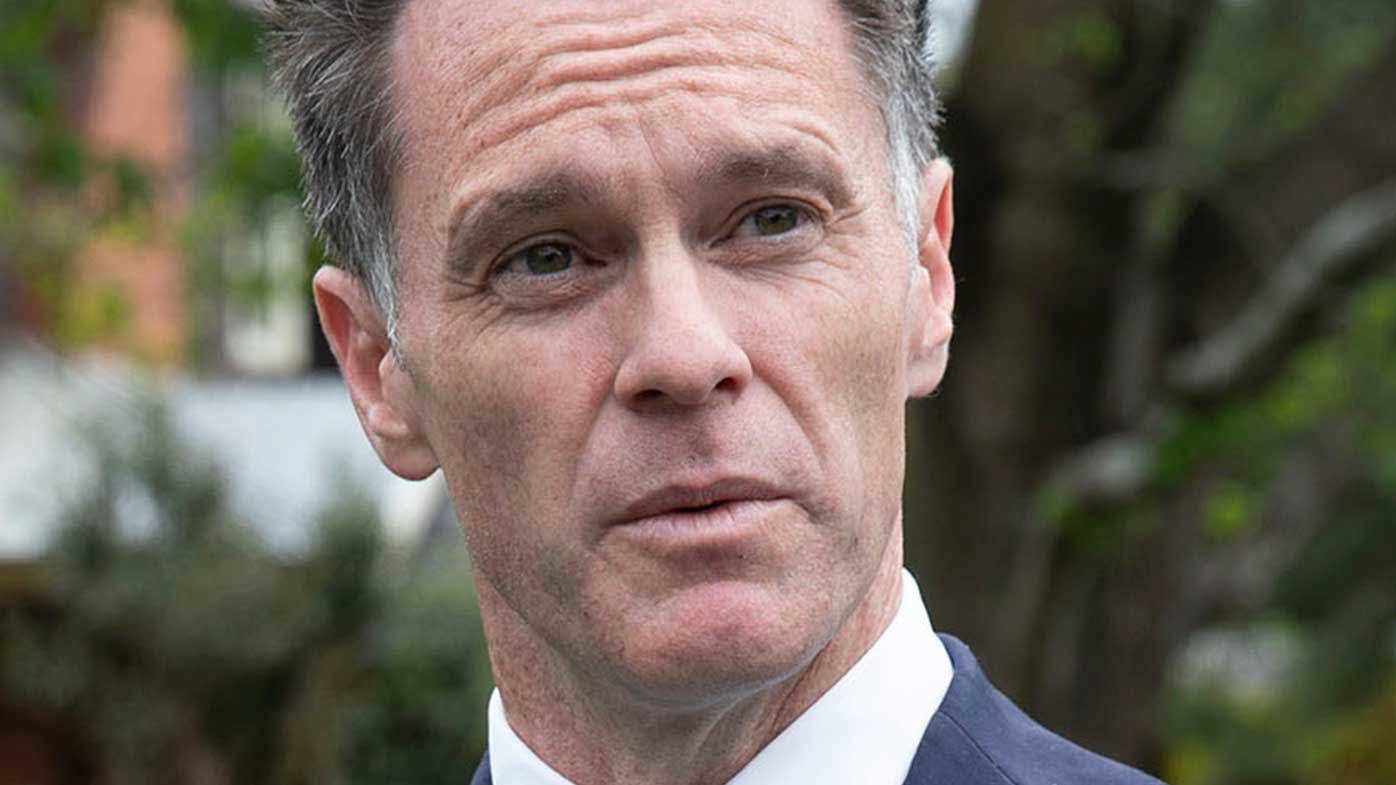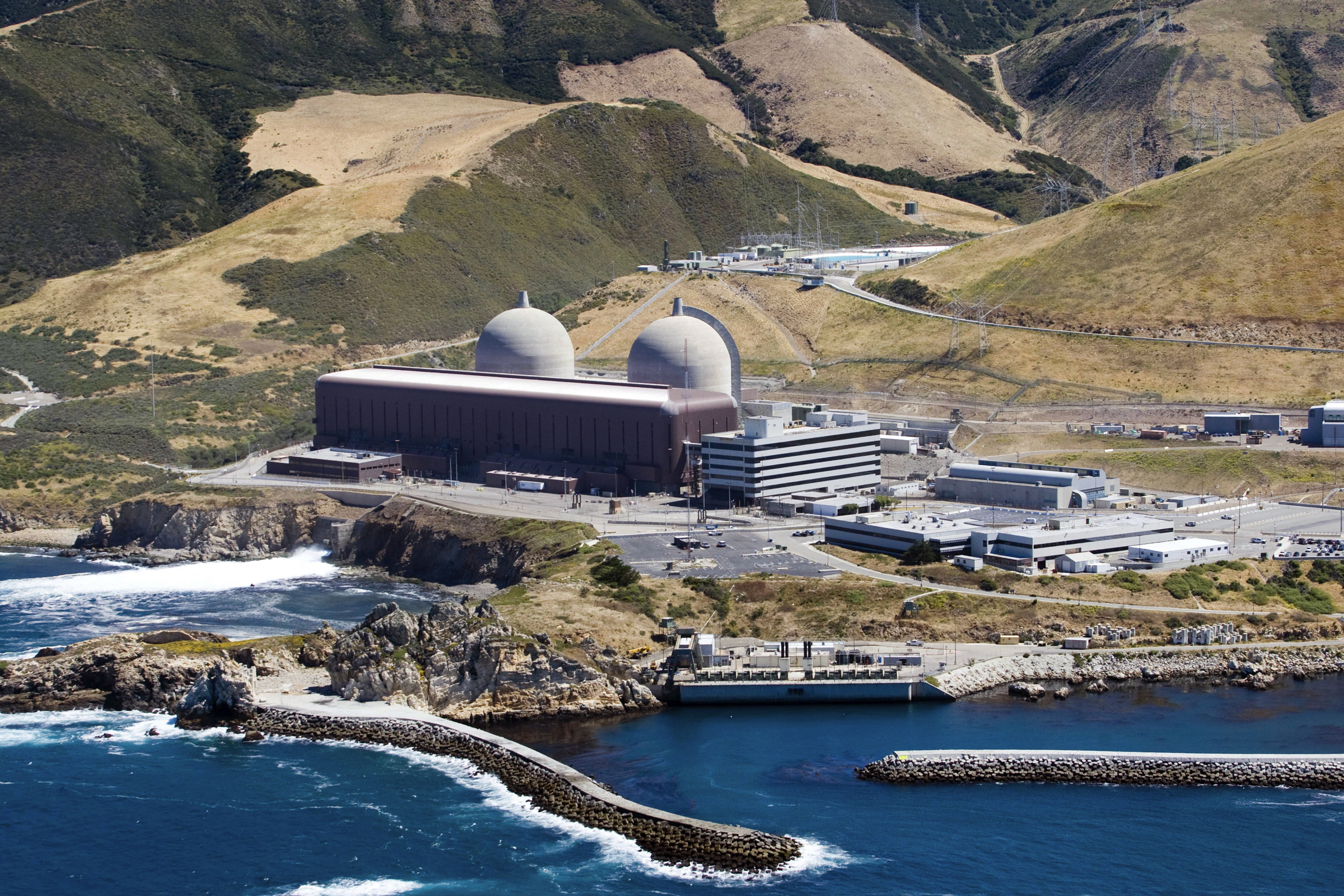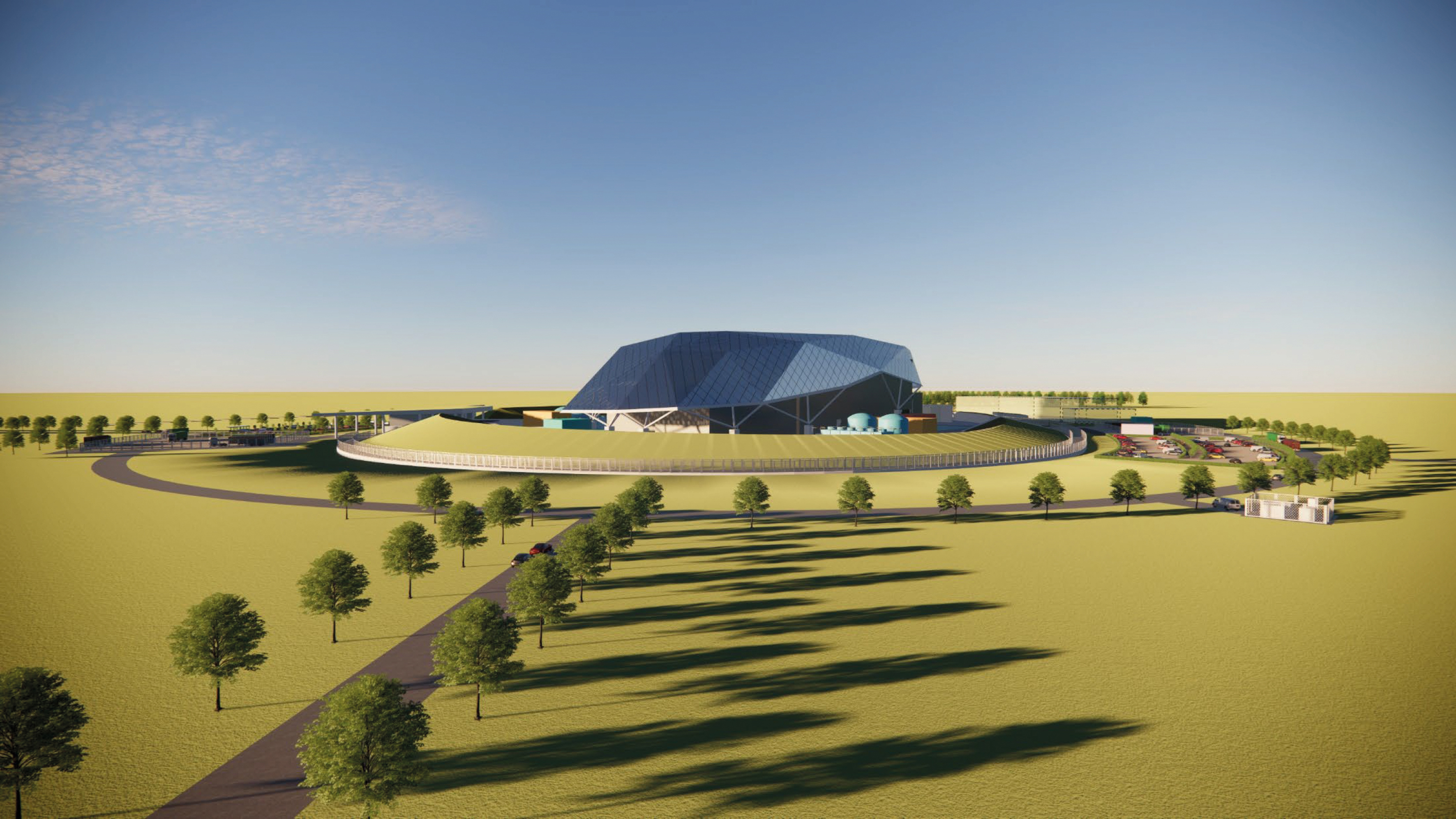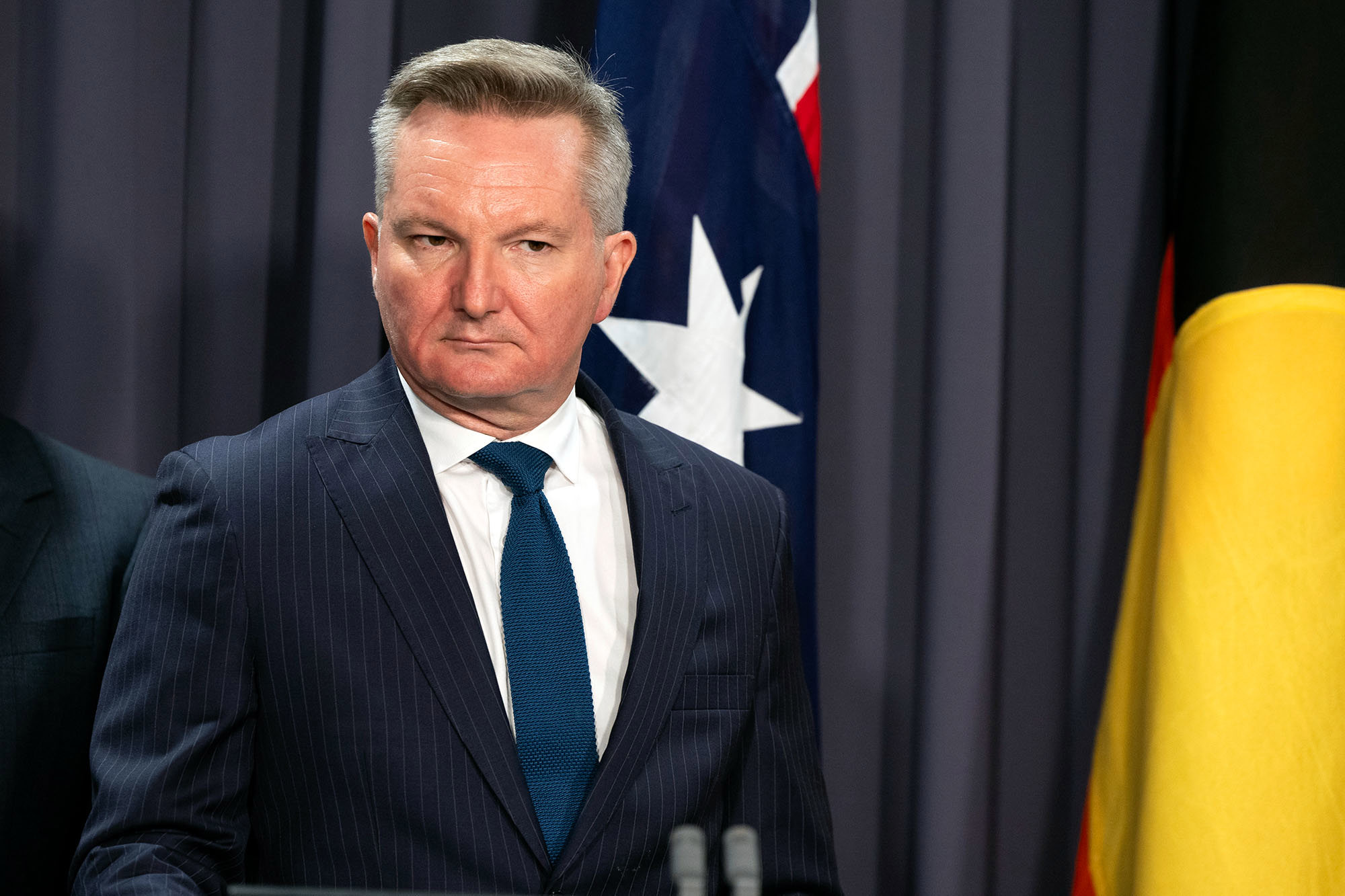The federal government and opposition are bracing themselves for a referendum on energy at next year's election after the Coalition unveiled some details of its long-awaited nuclear power plan.
While the proposal looms as the defining issue of the next election, it could also have a massive impact on Australia's energy supply, certain local communities, and on your power bills.
This is what you need to know about the opposition's nuclear plan.
READ MORE: Opposition reveals nuclear locations
How much will the nuclear power plants cost?
We don't know. While Opposition Leader Peter Dutton said the power stations will be publicly owned, he refused to say exactly how much taxpayers will pay for them, although he admitted it will be a "big bill".
He did not say when the costings will be announced, or whether they will be revealed before the next election.
What will it mean for energy bills?
The CSIRO and other energy experts have consistently said nuclear-generated energy would be far more expensive than power created by renewables like solar and wind.
"Nuclear has been clearly shown to be more expensive than renewables plus storage," Associate Professor Roger Dargaville, the director of Monash University's Energy Institute, said.
"So to choose this pathway will result in higher energy prices for consumers."
READ MORE: The opposition wants 'mature debate' about nuclear. This is what experts say
Nuclear also couldn't do anything to lower energy prices anytime soon, likely at least for 15 years, because it takes so long to set up.
"The timelines for nuclear are long," Dargaville said.
"The delay in providing new capacity to replace ageing coal-fired plants would likely mean a shortfall in power production in the meantime."
The opposition, though, claims nuclear energy will bring down power prices.
Where will the reactors go?
The Coalition has outlined identified seven coal-fired power plants that will be replaced by nuclear reactors once they shut down:
- Liddell Power Station in Muswellbrook, NSW
- Mount Piper Power Station in Lithgow, NSW
- Loy Yang Power Stations in the La Trobe Valley, Victoria
- Tarong Power Station in Tarong, Queensland
- Callide Power Station in Mount Murchison, Queensland
- Northern Power Station in Port Augusta, South Australia (small modular reactor only)
- Muja Power Station in Collie, Western Australia (small modular reactor only)
The proposal is essentially to replace coal power with nuclear.
By placing the plants at existing energy sites, the opposition says it will save money by using existing poles and wires infrastructure to connect nuclear power to the grid.
READ MORE: Just how unaffordable is housing? For one group, it's impossible
What about the nuclear waste?
Dutton said the nuclear waste from the power plants will be stored on-site until the stations shut down.
After that, the Coalition is proposing to store the waste at the same place as the waste from Australia's future nuclear-powered AUKUS submarines, although that location is yet to be determined.
It's an issue that experts say needs to be addressed if nuclear is to go ahead.
"We currently have no long-term storage policy and method to do so, and this has to be talked about first before any nuclear site is proposed," Dr Nathan Garland from Griffith University said.
"It is putting the cart before the horse in the grandest sense."
READ MORE: In a few weeks, you're going to get a pay rise without asking
When will the plants come online?
This is one of the more contentious parts of the opposition's policy.
The Coalition claims it can have its first two reactors up and running by 2035 if small modular reactors are proven to be feasible (more on that shortly), or by 2037 if conventional nuclear stations are required.
Both timelines are considerably quicker than what energy experts believe is possible.
"We're talking about timeframes of 15 years or so… to actually seeing something operating on the ground, and that's maybe a little conservative," Emeritus Professor Ken Baldwin from ANU told 9news.com.au earlier this year.
The CSIRO has also said at least 15 years would be needed to develop nuclear power in Australia.
Dutton said all seven reactors would be online sometime in the 2040s.
READ MORE: Australia's love affair with big cars is killing us
What roadblocks are in the way?
Part of the issue around the timeframe is Australia's nuclear workforce, which Garland says is "miniscule" and needs "considerable time and cost to be built properly".
But arguably a bigger issue is laws prohibiting the technology.
Australia has a federal ban on nuclear energy that was introduced by the Howard government.
While the Coalition would have the numbers to get any reversal through the lower house if it wins the next election, passing it through the Senate looks extremely difficult.
It's unlikely to have a majority in the upper house, so would require the support of the Greens and independents like David Pocock and Jacqui Lambie to overturn the ban.
The Greens have fiercely opposed the opposition's policy and Pocock has said nuclear energy "makes no sense in this country", although Lambie seems more open to the idea, previously saying it's "a real shame" Australia isn't a nuclear world leader.
READ MORE: World's nuclear powers strengthening arsenals as tensions grow
Pauline Hanson is a supporter of nuclear energy, so could help the Coalition in the Senate.
But even if it overturns the federal prohibition, the Coalition would then need NSW, Queensland and Victoria to overturn their own state bans.
Every premier in those states currently opposes nuclear energy, and even Queensland's LNP David Crisafulli, who is heavily favoured to win this year's state election, is against it.
Dutton has said he would negotiate with the states, and suggested premiers could be swayed with a "bucket of money".
The Commonwealth also doesn't own any of the sites the Coalition has identified as locations for the nuclear plants, which would need to be purchased if the stations are to be publicly owned.
The owners of six of the seven sites oppose nuclear power.
READ MORE: Politicians get second-biggest pay raise in last decade
What are other countries doing with nuclear?
Nuclear currently provides about 10 per cent of the world's energy, a figure that roughly doubles when you look solely at advanced economies.
Many of those countries that rely heavily on it began producing nuclear energy half a century ago, and some are still expanding their generation capacity.
All of the US, UK, France, South Korea, China and many more continue to open new nuclear plants or expand the life of existing ones.
However, some nations are facing issues with nuclear.
"Major drawbacks include safety concerns, high costs, and long-term radioactive waste storage," power engineering expert Dr Asma Aziz from Edith Cowan University said.
"Japan, Germany, Belgium, Spain, and Switzerland are phasing out nuclear power due to these issues.
"In the USA, ageing reactors are being retired early due to high costs. France's reactor in Flamanville is significantly delayed and over budget."
READ MORE: PM hits out at Dutton's 'extraordinary abandonment' of climate target
The International Energy Agency is forecasting that more nuclear energy capacity will be added in the next 15 years than what is lost, but that shutdowns will outweigh new plants from the 2040s onwards.
What are these small modular reactors and how do they change things?
Small modular reactors (SMRs) are a developing form of nuclear technology that can, theoretically, be pushed into operation far quicker than larger, traditional nuclear reactors.
The Coalition is touting them as part of Australia's future energy mix, but there are serious concerns about their feasibility.
The only SMR project in the Western world, in Utah, was abandoned last November due to a lack of commercial viability on the back of high inflation.
"In addition to that one, there's only a couple which are in Russia and China," Baldwin told 9news.com.au in March.
"And they're, of course, not a commercial product, they're built by government. So it's very hard to get a cost comparison with those two… the one piece of data we have from the Utah project indicates that the cost is actually quite high."
READ MORE: PM labels attack on Josh Burns' office in Melbourne as 'serious'
Aziz agrees, saying their energy could be more than 20 times more expensive than renewables.
"SMRs are not yet viable, with recent cost estimates at $20,100 per kW compared to $700-$1700 for solar and wind."
What does the government think of the plan?
As you'd expect, not a lot – the government has heavily criticised the opposition, calling its plan a "fantasy".
"The Liberal and National parties, having promised an energy policy, released a list of sites with no costs, no details, no modelling," Energy Minister Chris Bowen said.
"They couldn't even release the number of gigawatts or megawatts that would be added to the energy system as a result of this policy, and they can't even confirm that these details will be released before an election, not after."
READ MORE: Justin Stein found guilty of schoolgirl Charlise Mutten's murder
The stoush sets up nuclear energy as a key flashpoint at next year's federal election – a far cry from the 2022 contest when there were few significant policy differences between the two major parties.
Both the government and opposition agree energy will be the defining issue of the 2024 vote – Bowen said it will be a referendum on nuclear energy, which Dutton says he is "very happy" with.
